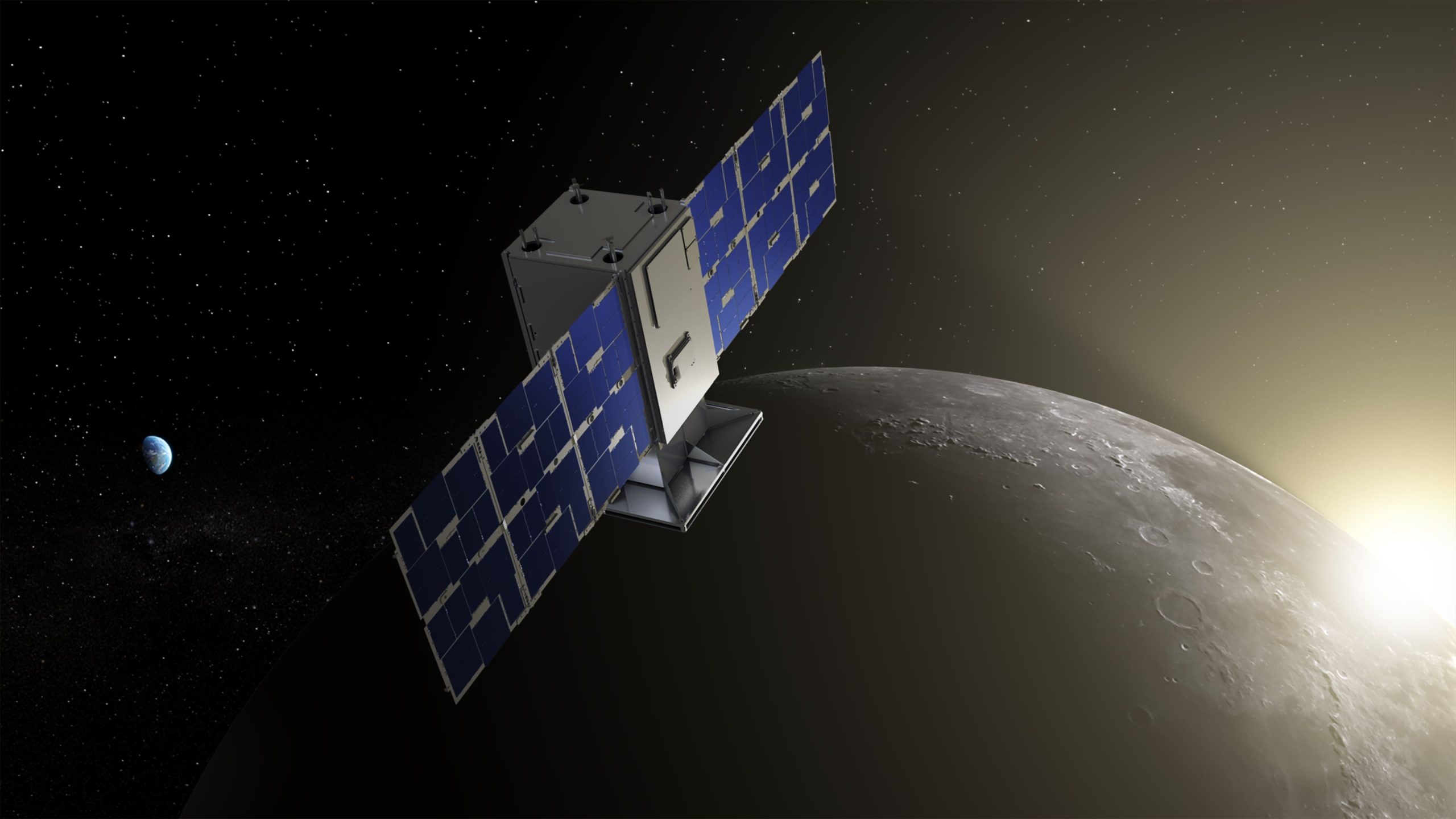Exploration of space stems from our inherent desire to push ourselves to see what limits can be set and overcome.
From rocketry’s early days, through recent launches to Mars, exploring space has long been evidence of human creativity and curiosity.
Technology plays an instrumental role in making space exploration possible and has propelled science forward.
It inspires many people to gaze upon the stars and consider mysteries beyond our world.
Revitalizing Space Travel with Advanced Propulsion
A key leap forward in space technology is the evolution of sophisticated propulsion systems.
Moving beyond the traditional chemical rockets, current propulsion techniques like ion thrusters and nuclear propulsion bring enhanced efficiency and endurance to space travel.
For instance, ion thrusters, propelling spacecraft through electrically charged particles, offer prolonged and stronger propulsion over vast distances.
This breakthrough has been pivotal, enabling spacecraft to travel further and swifter, which is essential for exploring deep space.
The Dawn spacecraft by NASA, which ventured to Vesta and the dwarf planet Ceres in 2015, showcases this advanced technology brilliantly.
These advanced systems open up new possibilities for missions, potentially reaching farther destinations in our solar system and beyond.
The Crucial Role of Robotics and AI in Space Missions
Robotics and AI technologies have increasingly become important components in the exploration of space.
These technologies, ranging from Mars rovers to robotic arms on the International Space Station, have unlocked new horizons.
AI, in particular, is vital for navigating the tough conditions of extraterrestrial landscapes, processing extensive data, and making key decisions.
Mars rovers, utilizing AI to autonomously navigate and perform tasks, exemplify this advancement, operating independently without constant instruction from Earth.
This blend of robotics and AI is crucial for future explorations, enabling more complex, efficient, and safer missions in the vastness of space.
Communication Tech: Linking Earth and Space
Communication plays a critical role in space exploration. Cutting-edge technologies like deep space networks and laser communication are key to real-time data exchange between Earth and spacecraft.
These developments have been essential for maintaining uninterrupted communication, crucial for the success of space missions.
Interestingly, the sheer scale and enigma of space have influenced various entertainment forms.
Human fascination with space is shown through many things, from movies like Planet of the Apes to online entertainment.
For example, some of the games featured on the Red 32 slots showcase the essence of space exploration’s allure, echoing our fascination with these uncharted territories through different games.
Also, progress in communication technology doesn’t just aid in mission control but also connects us more closely to the cosmos’ mysteries.
Innovations in Spacecraft Materials and Design
Spacecraft construction has witnessed impressive innovations, particularly in the realm of materials and design.
New materials for heat shields and hull construction have significantly enhanced the durability and safety of spacecraft.
These advancements are vital, especially for crewed spacecraft on extended missions.
A notable instance is NASA’s Orion spacecraft, part of the Artemis program. It incorporates cutting-edge materials and design, enabling safe travel for astronauts to the Moon and potentially further.

